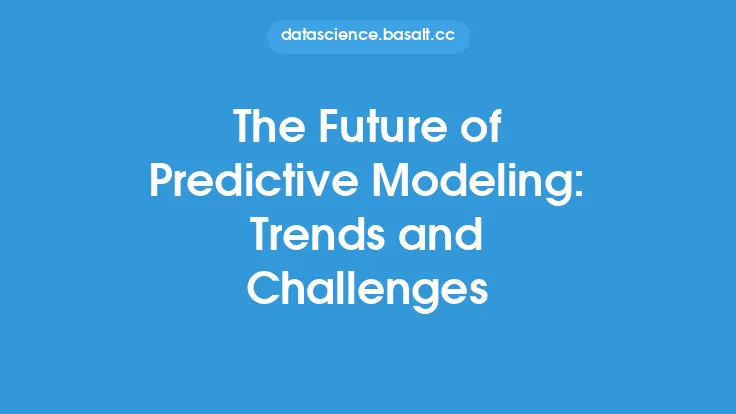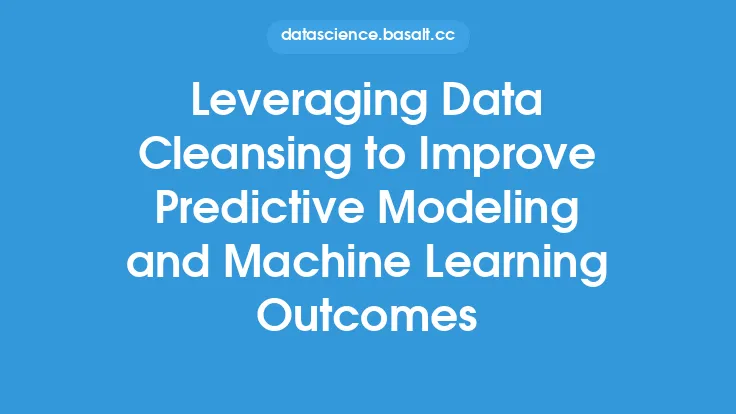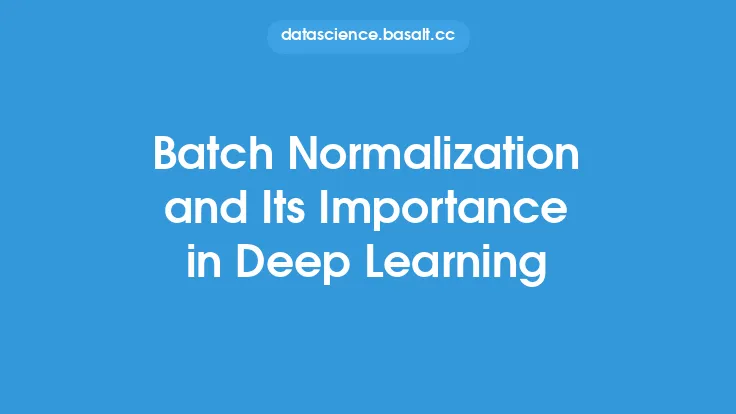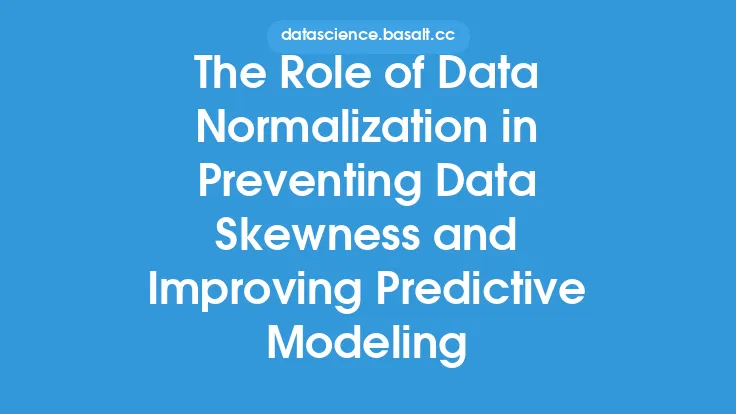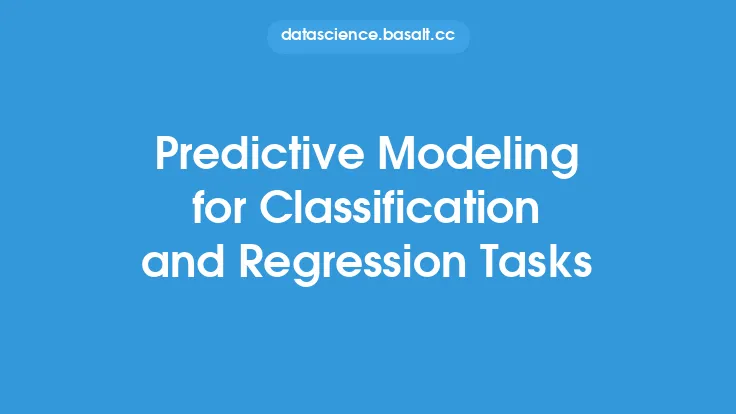Language modeling is a fundamental concept in natural language processing (NLP), which is a subfield of machine learning. It involves the use of statistical and machine learning techniques to analyze and understand the structure and patterns of language. The primary goal of language modeling is to predict the next word in a sequence of words, given the context of the previous words. This is a crucial task, as it enables computers to understand and generate human-like language.
Introduction to Language Models
Language models are mathematical models that are trained on large datasets of text to learn the patterns and relationships between words. These models can be used for a variety of tasks, such as language translation, text summarization, and text generation. There are several types of language models, including statistical models, neural network models, and hybrid models. Statistical models, such as n-gram models, rely on statistical patterns in the data to make predictions. Neural network models, such as recurrent neural networks (RNNs) and long short-term memory (LSTM) networks, use complex neural networks to learn the patterns in the data.
Types of Language Models
There are several types of language models, each with its own strengths and weaknesses. Statistical language models, such as n-gram models, are simple and efficient but often struggle with rare or out-of-vocabulary words. Neural network models, such as RNNs and LSTMs, are more complex and can learn long-range dependencies in the data but often require large amounts of training data and computational resources. Hybrid models, which combine statistical and neural network models, can offer a balance between simplicity and complexity. Some of the most popular language models include the transformer model, the BERT model, and the RoBERTa model.
Training Language Models
Training a language model involves feeding it a large dataset of text and adjusting the model's parameters to minimize the difference between the predicted and actual next words in the sequence. This process is typically done using a technique called masked language modeling, where some of the words in the input sequence are randomly replaced with a special token, and the model is trained to predict the original word. The model is typically trained using a large corpus of text, such as the entire Wikipedia dataset or a large collection of books.
Applications of Language Models
Language models have a wide range of applications, including language translation, text summarization, and text generation. They can be used to improve the accuracy of language translation systems, to summarize long documents into shorter summaries, and to generate text that is similar in style and content to a given input. Language models can also be used for tasks such as sentiment analysis, named entity recognition, and part-of-speech tagging. Some of the most popular applications of language models include chatbots, virtual assistants, and language translation software.
Challenges and Limitations
Despite the many advances in language modeling, there are still several challenges and limitations to the field. One of the main challenges is the problem of out-of-vocabulary words, which are words that are not seen during training. Another challenge is the problem of context, which is the ability of the model to understand the nuances of language and the relationships between words. Additionally, language models can be biased towards certain types of language or certain demographics, which can result in unfair or discriminatory outcomes. Finally, language models require large amounts of training data and computational resources, which can be a barrier to entry for some researchers and developers.
Future Directions
The field of language modeling is rapidly evolving, with new techniques and models being developed all the time. Some of the most promising areas of research include the development of more advanced neural network models, such as transformers and BERT, and the use of multimodal data, such as images and audio, to improve the accuracy of language models. Additionally, there is a growing interest in the development of more interpretable and explainable language models, which can provide insights into how the model is making its predictions. Finally, there is a need for more research into the ethical and social implications of language models, including issues such as bias, fairness, and transparency.
Real-World Examples
Language models are being used in a wide range of real-world applications, from virtual assistants like Siri and Alexa to language translation software like Google Translate. They are also being used in chatbots and customer service software, to generate human-like responses to customer inquiries. Additionally, language models are being used in text summarization software, to summarize long documents into shorter summaries. Some of the most popular language models, such as BERT and RoBERTa, are being used in a wide range of applications, from sentiment analysis to named entity recognition.
Conclusion
Language modeling is a fundamental concept in natural language processing, and it has a wide range of applications in areas such as language translation, text summarization, and text generation. While there are still several challenges and limitations to the field, the development of more advanced neural network models and the use of multimodal data are promising areas of research. As the field continues to evolve, we can expect to see more accurate and efficient language models, with a wider range of applications in areas such as virtual assistants, chatbots, and language translation software.
